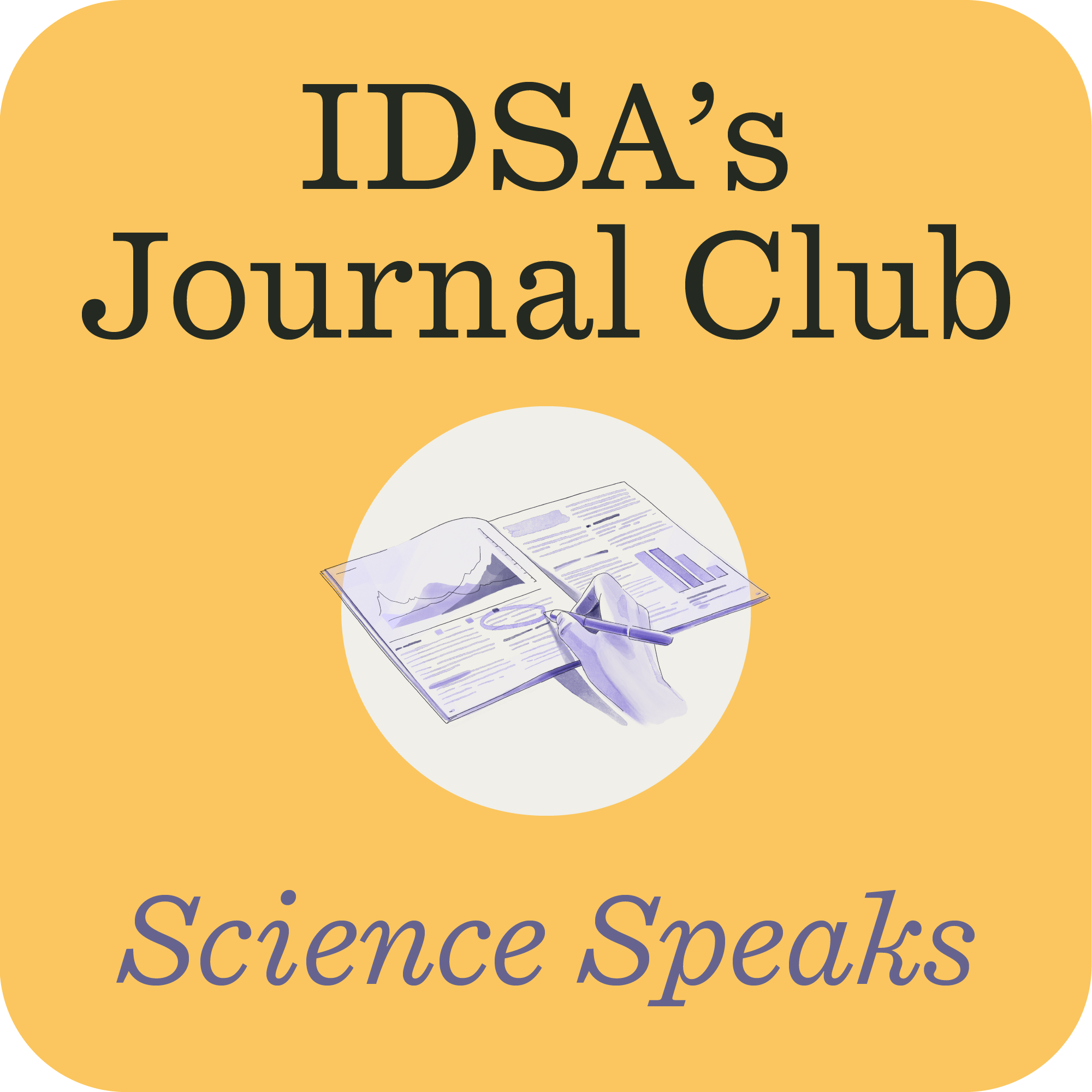 In the most recent IDSA/SHEA practice guidelines update for Clostridioides difficile infection, published in 2021, fecal microbiota transplantation is a therapy option recommended by expert opinion only as an alternative to oral vancomycin and fidaxomicin if a patient has three or more recurrent CDI episodes. In the American Gastroenterological Association’s 2024 guideline, FMT is a recommended only as an adjunctive therapy after standard-of-care antibiotics have been completed or as a last resort in hospitalized patients with fulminate CDI not responding to SOC.
In the most recent IDSA/SHEA practice guidelines update for Clostridioides difficile infection, published in 2021, fecal microbiota transplantation is a therapy option recommended by expert opinion only as an alternative to oral vancomycin and fidaxomicin if a patient has three or more recurrent CDI episodes. In the American Gastroenterological Association’s 2024 guideline, FMT is a recommended only as an adjunctive therapy after standard-of-care antibiotics have been completed or as a last resort in hospitalized patients with fulminate CDI not responding to SOC.
An open-label, multicenter study in Norway published in the Annals of Internal Medicine explored the efficacy and safety of FMT in primary CDI. Researchers randomly assigned 104 adults 1:1 to receive an FMT enema or SOC with 125 mg of vancomycin orally four times a day for 10 days. Patients in either group who did not clinically improve before day 14 were allowed additional treatment with metronidazole, vancomycin, fidaxomicin or FMT. Severe CDI cases were allowed in the study.
The study’s primary end point required two criteria: 1) clinical cure at day 14 after start of treatment without additional treatments, defined as less than three BMs per day of firm stools and 2) no recurrent CDI within 60 days.
The study’s secondary end point required three criteria: 1) clinical cure with or without additional treatment, 2) no recurrent CDI and 3) no adverse events. Recurrent CDI was defined as greater or equal to three BMs per day for more than 48 hours during days 15 to 60 of the study plus a positive stool toxin test.
This study was stopped early because noninferiority for the FMT group was met.
Sixty-six percent of the FMT group reached the primary end point compared to 61% in the SOC group, fulfilling criteria for noninferiority. But the 5% point estimate difference was not statistically significant for superiority.
Eleven patients in the FMT group (10 patients received oral vancomycin, one patient received FMT again) and four patients in the SOC group (one patient received metronidazole, three patients received oral vancomycin again) required additional treatments. This resulted in 78% of the FMT group versus 61% of the SOC group reaching the secondary end point, representing a risk reduction of 17%, again meeting criteria for noninferiority, although the result was not statistically significant for superiority.
This study highlights the difficulties in treating primary CDI in which only about 60% of patients have clinical cure without recurrence after initial therapy, with maybe a somewhat higher percentage following retreatment.
Although recent guidelines recommend FMT as a therapy of last resort, this study opens the door to look at FMT for primary CDI therapy. The 25% noninferiority margin is larger than many other noninferiority studies, but the authors may have a point in justifying the wide margin given the benefits of potentially avoiding oral vancomycin or fidaxomicin, ease of a one-time enema as therapy and the potential to still use SOC if FMT fails.
FMT has been more difficult to administer since OpenBiome ceased operations, but this article may spark some interest in reviving stool banks in the U.S. A related editorial brilliantly lays out the challenges in other Food and Drug Administration-approved CDI therapies aimed at restoring a healthy gut microbiome, and the editorial calls for more studies to explore this important treatment modality.
(Juul et al. Ann Intern Med. 2025;178(7). Published online: June 17, 2025.)
